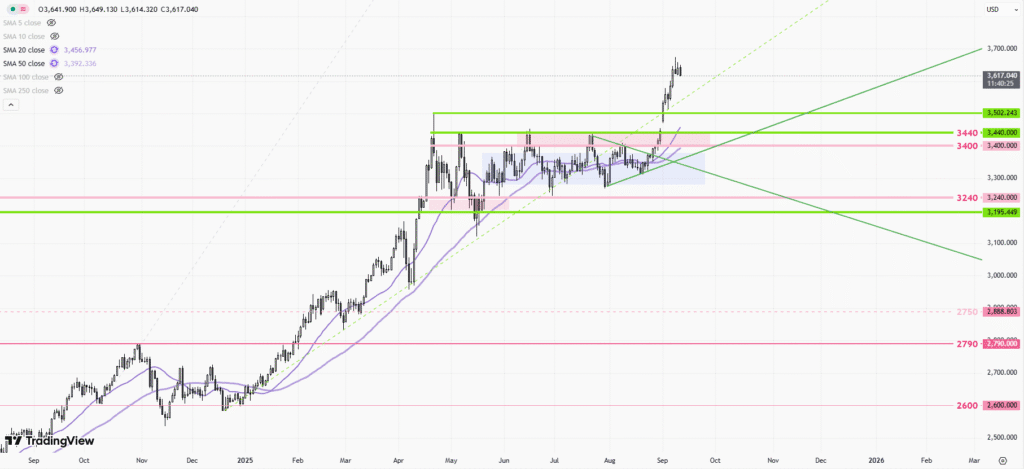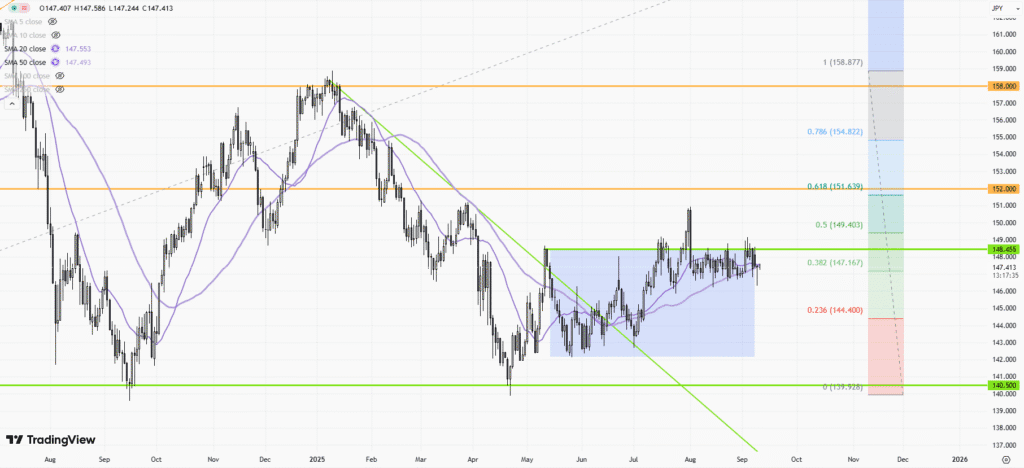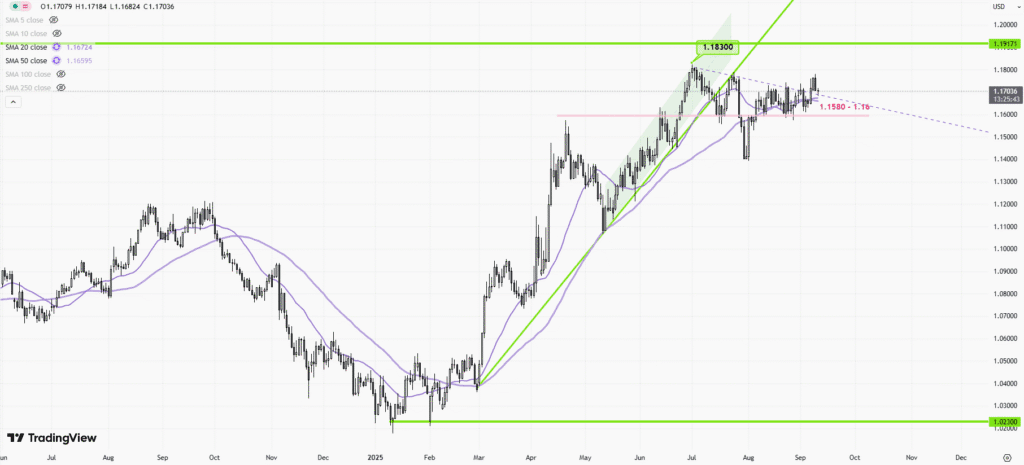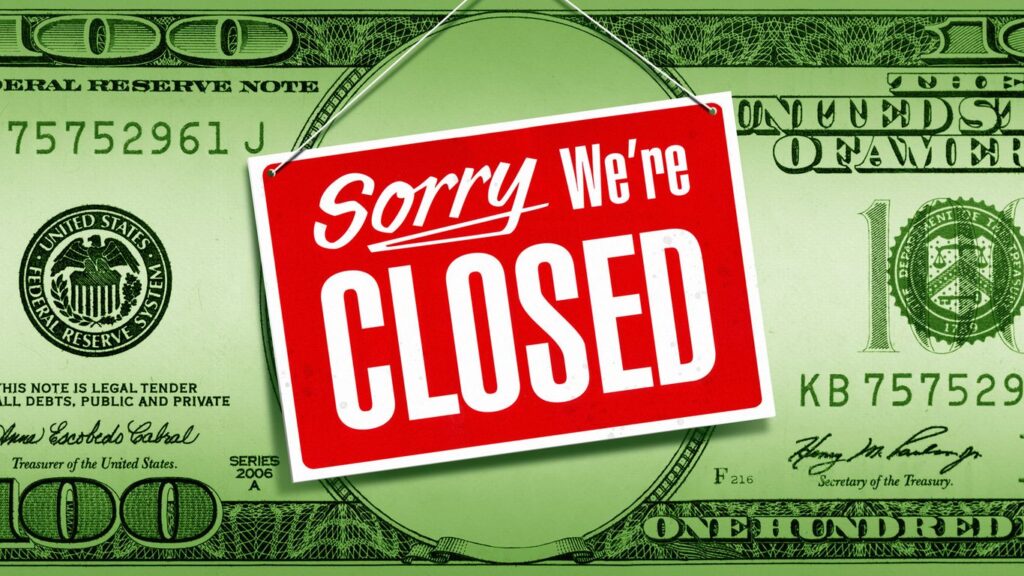 |
| Gold V.1.3.1 signal Telegram Channel (English) |
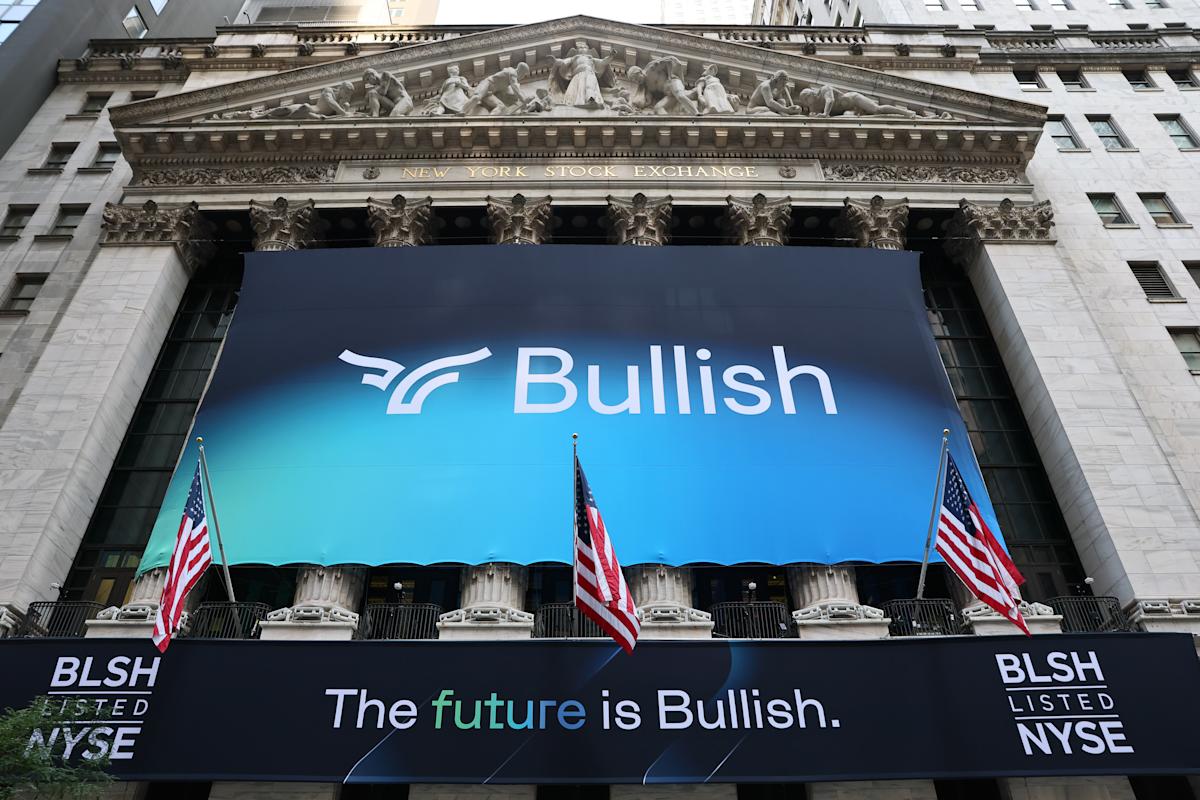
Why the 2025 Stock Market Rally Lacks Speculative Froth and What It Means for Investors
2025-08-14 @ 19:01
Despite stock markets reaching all-time highs in 2025, conversations around “speculative froth”—the type of excessive risk-taking and mania often seen before major crashes—are notably absent. This may come as a surprise to those who recall the extreme exuberance in the lead-up to prior peaks, where meme stocks, cryptocurrencies, and risky SPACs (Special Purpose Acquisition Companies) dominated headlines and investment portfolios. So, what makes this current rally feel so different, and what does it mean for investors going forward?
The Nature of This Market Rally
The S&P 500, Nasdaq, and even international markets have climbed to fresh records in recent months. Yet, this time the advance seems driven less by mania and more by solid earnings, innovation, and a resilient economic backdrop. Instead of seeing asset prices decoupled from fundamentals, today’s enthusiasm appears anchored by robust data:
- Corporate profits remain strong.
- Unemployment rates are historically low.
- Consumer spending is holding up.
- Inflation has moderated from its post-pandemic peaks.
This environment is different from the speculative surges of 2020 and 2021, when easy money from the Federal Reserve and pandemic-era government stimulus fueled a frenzy in everything from penny stocks to digital art NFTs. Unlike that period, current monetary conditions are tighter, and central banks remain cautious about cutting interest rates too quickly. Investors appear more discerning, focusing on companies with real earnings, transformative technologies, and sustainable growth prospects.
Where’s All the “Froth”?
In prior bull markets, speculative froth was easy to spot. Retail trading platforms were flooded with new accounts, and social media was ablaze with stories of overnight millionaires. Many investors ignored fundamental analysis, betting instead on “hot” tips and social media trends. Today, signs of reckless speculation are much harder to find.
While a handful of stocks—particularly in artificial intelligence, semiconductors, and big tech—have surged, these gains are typically underpinned by major advances in business models and real revenue growth. The broader market is not seeing the indiscriminate buying that characterized earlier speculative manias. This suggests a healthier market dynamic, where gains are being driven by genuine economic improvement rather than a fear of missing out (FOMO).
Risks Still Remain
That being said, the absence of obvious froth does not mean risks have disappeared. Investors should remember that markets can become vulnerable even when the underlying fundamentals appear robust. Some areas of concern include:
- Valuations in certain sectors, especially technology, are elevated. While justified by earnings in many cases, they leave little room for disappointment.
- Geopolitical risks, from conflicts to supply chain disruptions, still have the potential to spark volatility.
- The Federal Reserve could keep rates “higher for longer” if inflation fails to cool, tightening financial conditions unexpectedly.
- Debt levels, both corporate and governmental, remain high and could be a headwind if growth slows.
What’s missing, however, is the sort of broad-based speculative excess that usually signals the end of a bull market. This could indicate a more sustainable path for equities, or it may simply mean that any future correction will be driven more by changing fundamentals or policy mistakes than by speculative blowups.
Investor Mindset: Cautious Optimism
Given this landscape, investors should practice cautious optimism. This means focusing on the fundamentals—companies with solid cash flows, strong balance sheets, and real competitive advantages. While there are always pockets of speculation, the market as a whole appears far less exuberant and more rational than in prior cycles.
Diversification remains as important as ever, as does the discipline to rebalance portfolios and resist the temptation to chase past winners. Remember, bull markets do not die of old age, but of excess. So far, the lack of all-out speculative mania suggests this market may still have room to run.
In summary, today’s stock market highs stand out not for their euphoria, but for their resilience and relative restraint. Staying alert to potential changes in the business, economic, or geopolitical backdrop is crucial, but for now, the absence of froth may be a positive sign—one of patient, careful investors rather than those just hoping for a quick score.


